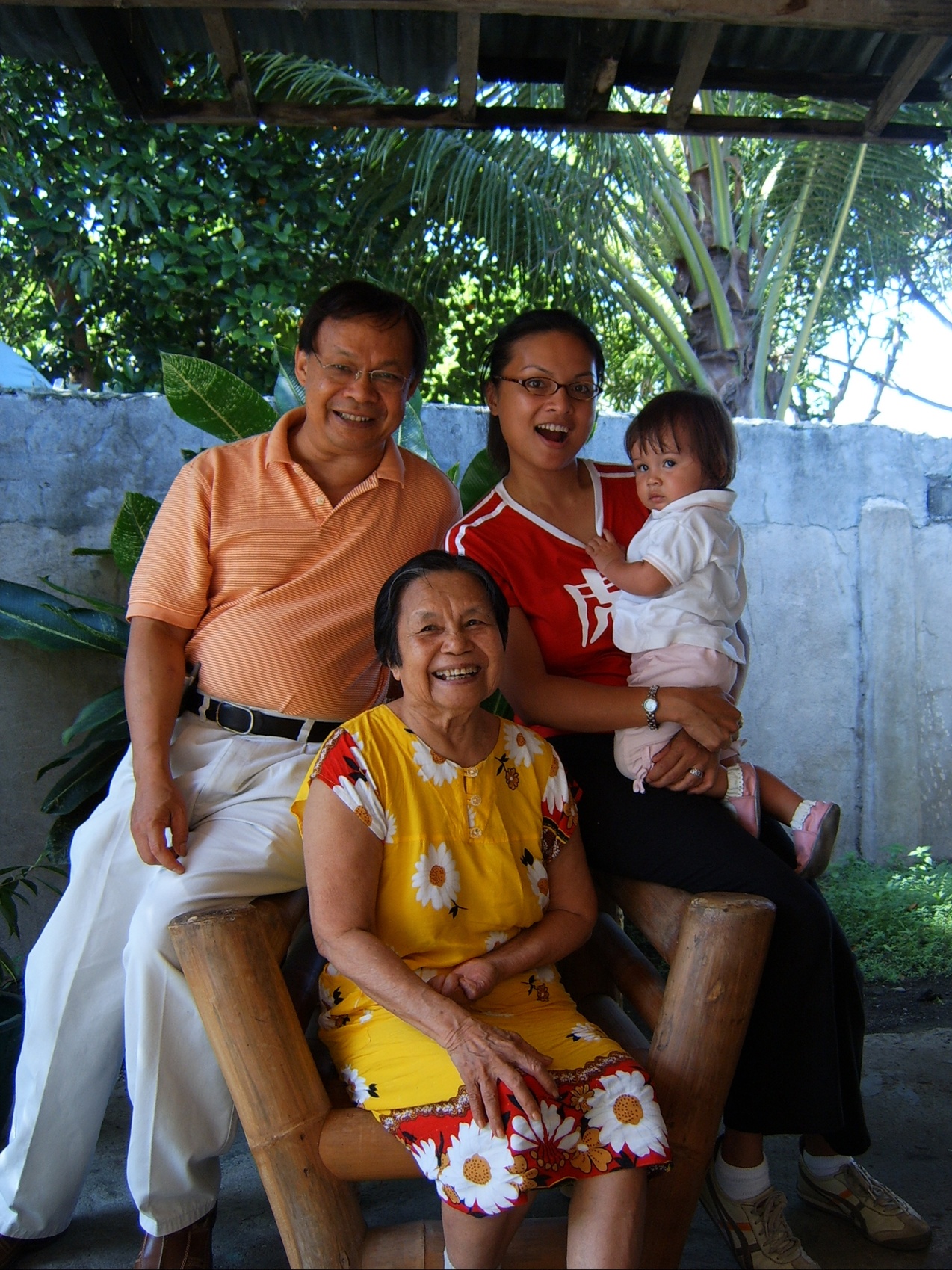Mama Had A Stroke
Before I retired I worked as an emergency physician in a large medical center THR Arlington Memorial Hospital whose emergency room was a designated Heart and Stroke Center. We were set up to do acute intervention 24/7 to people with acute heart attacks and strokes.
A stroke occurs when the blood supply to part of your brain is interrupted or reduced, preventing brain tissue from getting oxygen and nutrients. Brain cells begin to die in minutes. A stroke just like a heart attack is a medical emergency, and prompt treatment is crucial. Early action can reduce brain damage and other complications. I have personally witnessed instances when a patient came in within less three hours after stroke started and was given thrombolytics (clot busters) see a reverse their signs and symptom right before our eyes and revert back to normal.
There are three main types of strokes: Ischemic stroke (when circulation is lost due obstruction, hemorrhagic stroke (bleeding due to raptured blood vessel), and TIA (also called a mini-stroke)
Stroke Facts: Someone in the United States has a stroke every 40 seconds. Every 4 minutes, someone dies of stroke. Every year, more than 795,000 people in the United States have a stroke. About 610,000 of these are first or new strokes.
My mother Vivencia Tabanao-Gayao was 79 years old when my father died in April 8, 2002. All her life I never have known her to be sick. After my father died she was planning to volunteer to teach courses in Mountain View College. Before that she visited my fathers relatives in my father home town Kalasungay in Bukidnon, Philippines.
After three days my brother Jun (Anastacio T. Gayao MD, FPCS), who is a practicing general surgeon in the Iligan City which is a two hour drive to Kalasungay, receive a phone call from one of our cousins telling him our mother could not move the left side of her body. Immediately he drove to fetch her and took her to a hospital in Iligan City. The hospital that she was admitted to did not however that time have a CT scan so she was taken to another hospital for a head CAT scan which showed a right parietal stroke which caused the paralysis of her left side. My brother called me and said, “Mama had a stroke.” We discussed what the best option for her care.
There was no neurologist in town so we decided to have her flown to Manila and be admitted to Manila Adventist Medical Center. I told my brother to contact a neurologist Dr. Amado San Luis who authored the book Neurology In Our Midst. Amado was one of my room mates in medical school UERMMMC College of Medicine and a fraternity brother. He checked on my mom and told my brother that because of the amount of time that lapsed since the onset of the stroke not much could be done except physical therapy.
Visiting with my mama Viven, my daughter Lorraine and granddaughter Harriet two years after my mom’s stroke.
With the help of aggressive physical therapy eventually she was able to walk with the help of walker or cane and she lived for another 11 years, but she had to be provided a nursing aid all that time and lived in homes of my two younger brothers.
Stroke risk increases with age, but strokes can—and do—occur at any age. In 2009, 34% of people hospitalized for stroke were less than 65 years old.
Early Action Is Important for Stroke
Having worked in a stroke center ER, I have seen patients who came in with a stroke and CT scan showed no bleed and were given clot busters reversing the signs and symptoms of stroke. The important thing is the treatment must be given within 3-4 hours after the onset of the stroke signs and symptom.
Know the warning signs and symptoms of stroke so that you can act fast if you or someone you know might be having a stroke. The chances of survival are greater when emergency treatment begins quickly.
In one survey, most respondents—93%—recognized sudden numbness on one side as a symptom of stroke.
Only 38% were aware of all major symptoms and knew to call 9-1-1 when someone was having a stroke.
Patients who arrive at the emergency room within 3 hours of their first symptoms often have less disability 3 months after a stroke than those who received delayed care
F.A.S.T. Signs of Stroke
The American Stroke Association recommends remembering “FAST” to spot the signs of a stroke:
F – FACE: Ask the person to smile. Does one side of the face droop?
A – ARMS: Ask the person to raise both arms. Does one arm drift downward?
S – SPEECH: Ask the person to repeat a simple phrase, like “The sky is blue.” Is their speech slurred or strange?
T – TIME: If you observe any of these signs, call 911 immediately. Also, note the time so you can tell medical personnel when symptoms appeared.


